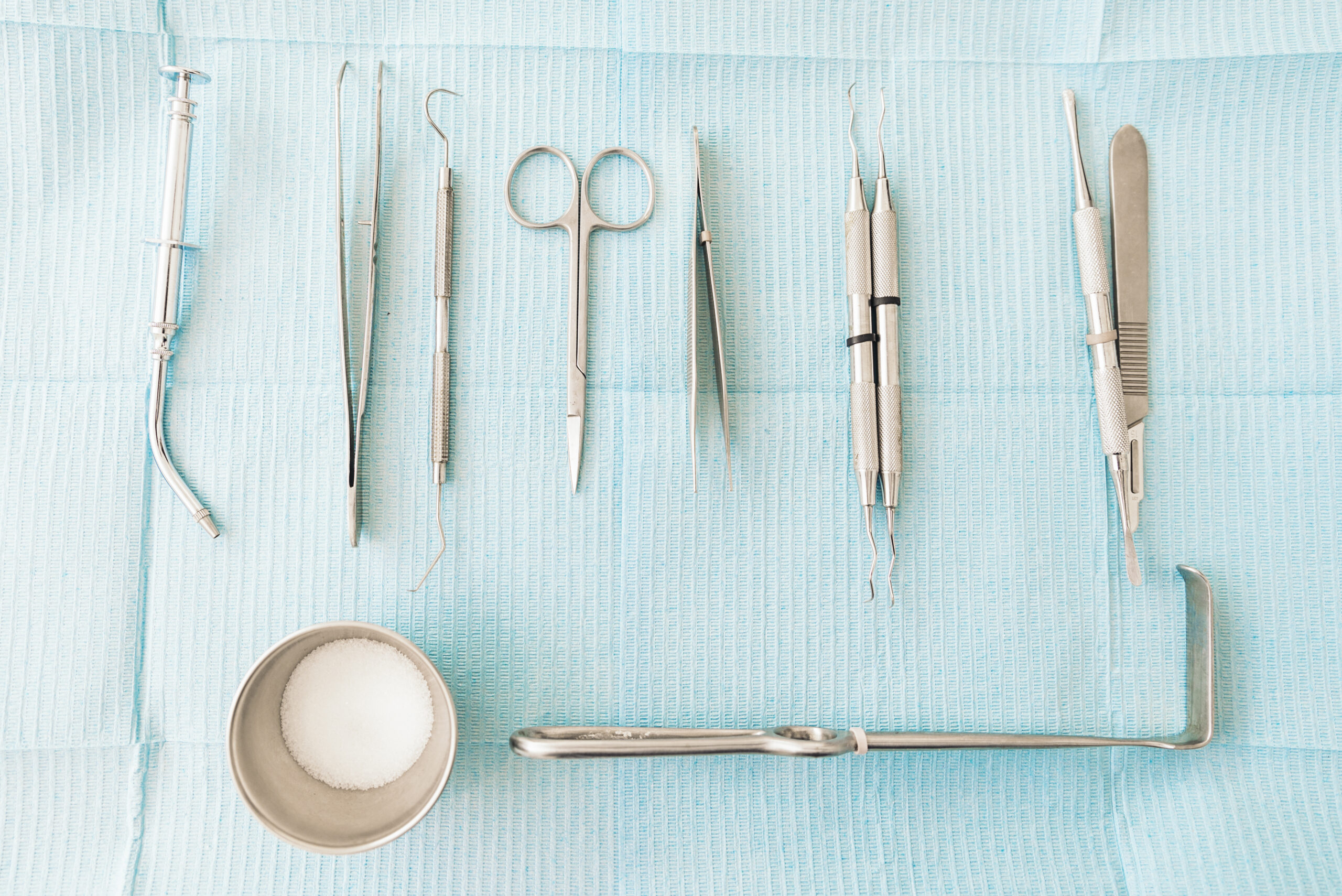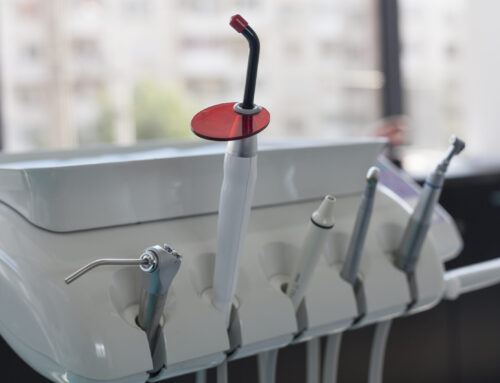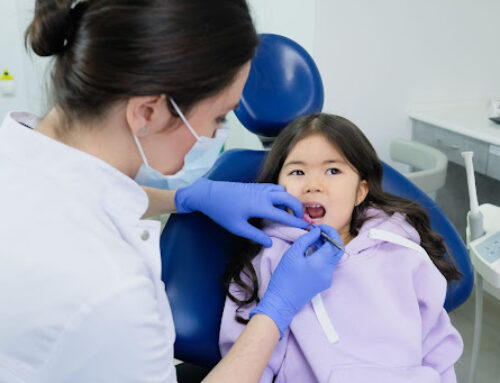Dental care is a concern that has spanned centuries, from ancient civilizations’ rudimentary practices to the cutting-edge techniques of today. At Gentle Dentistry, we use the latest technology to treat our patients, though practices before modern dentistry are intriguing. It’s fascinating to see how far we’ve come in understanding and treating oral health issues. Join us on a journey through the ages as we explore the evolution of dentistry.
Ancient Dental Practices
As we venture back to early human history, dental care was a concern even for ancient civilizations like Egypt, Mesopotamia, and the Indus Valley. While their methods may seem primitive to us, they recognized dental problems and discovered remedies using rudimentary tools. Chewing sticks, for instance, were used as an early form of toothbrushes. Despite the lack of scientific knowledge, these cultures understood the importance of oral hygiene and dental care. Some accounts described toothworms as being responsible for cavities, which we know now that sugar and sweets are a more likely culprit.
Middle Ages and Renaissance
The Middle Ages brought a different twist to dental care, with barbers doubling as tooth pullers. It wasn’t until the Renaissance that dentistry saw notable advancements. Tools like tooth extractors and scalers were introduced, and individuals like Ambroise Paré contributed significantly to dental knowledge. The Renaissance laid the foundation for the practices we know today. In fact, the first book solely devoted to dentistry was published in 1530, called ‘The Little Medicinal Book for All Kinds of Diseases and Infirmities of the Teeth.’
18th and 19th Centuries
In the 18th and 19th centuries, we witnessed significant strides toward modern dentistry. Toothbrushes, like the ones we use today, and toothpaste emerged, improving oral hygiene practices. Dental schools and professional organizations were established, leading to a more structured approach to the field. Pioneering dentists like Pierre Fauchard and Horace Wells made remarkable contributions to dentistry. Pierre Fauchard first introduced the idea of dental fillings and the use of dental prostheses, and he identified that acids from sugar led to tooth decay.
20th Century
The 20th century was a turning point in dental care, with technological advancements transforming the landscape. X-rays and anesthesia revolutionized treatments, ensuring patient comfort and precise diagnostics. Dental specialties like orthodontics and periodontics emerged, careers to specific dental needs. Community-level improvements were marked by widespread adoption of fluoridation, bolstering oral health across populations.
Contemporary Dentistry
Fast forward to today, and dentistry continues to evolve at an unprecedented pace. Cutting-edge technologies like digital imaging and laser dentistry enhance accuracy and efficiency. You can learn more about modern dentistry technology here. Minimally invasive and cosmetic dentistry emphasizes preserving natural tooth structure and improving aesthetics. Preventive care and oral hygiene education are important in promoting overall health and wellness.
Future Trends in Dentistry
The future of dentistry is promising, driven by innovations like nanotechnology and regenerative dentistry. New patient management software continues to improve for streamlined interactions and diagnoses. Collaborations with other medical fields are fostering interdisciplinary approaches to holistic health. Ongoing research and development promise even more effective treatments and enhanced patient experiences.
Conclusion
Reflecting on the evolution of dentistry, it’s clear that our understanding of oral health has come a long way. Dentistry has undergone a transformative journey from ancient civilizations’ simple remedies to today’s intricate techniques. At Gentle Dentistry, we aim to provide modern, compassionate care that blends traditional dentistry with innovation. Schedule an appointment to experience our quality, patient-focused care today!




